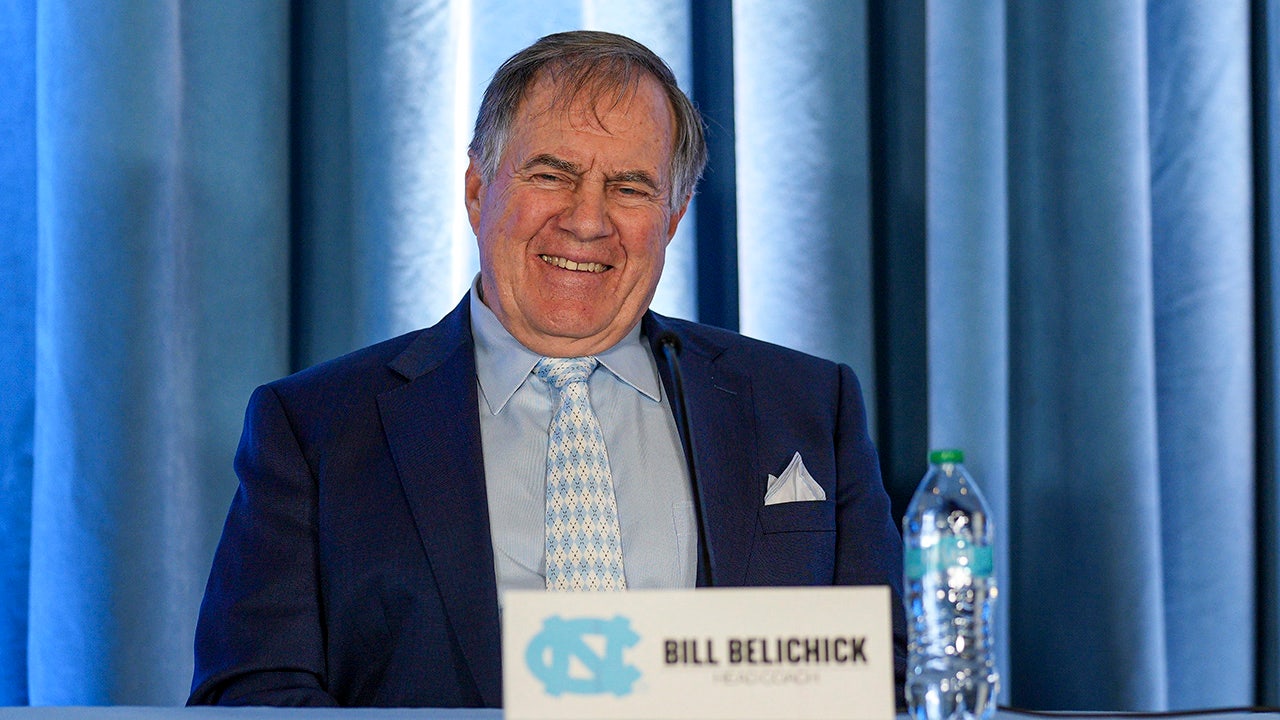A quarter of Americans have had to pull back on saving for retirement because of persistent inflation, new data shows, potentially derailing their long-term financial goals for years to come.
In 2022, almost half of those who trimmed their savings, or 12%, stopped putting money away for retirement altogether, according to an annual study conducted jointly by the Global Financial Literacy Excellence Center (GFLEC) at the George Washington University School of Business and the Teachers Insurance and Annuity Association of America (TIAA) Institute.
“Inflation makes everything so expensive that people have to navigate that new environment and have to cut back on several ends,” said Andrea Hasler, an assistant research professor in financial literacy at GFLEC.
Broken down by race, Hispanic Americans’ retirement savings plans took the biggest hit. They were twice as likely to stop saving while grappling with higher prices, such as gas, the researchers found. Hasler notes that’s in part because a large share of Hispanic workers use cars to get to work.
Not a penny saved
“When you’re dealing with a scenario in a household where inflationary pressures have really hit hard — maybe you have to drive 40 miles every day to work and gas price increases are really cramping you — you look at changes to make,” TIAA senior economist Paul Yakoboski told CBS MoneyWatch.
Yet any interruption in a person’s savings plan can have a serious financial impact down the road. As it is, Americans are already far behind in putting money away for retirement: Roughly 27% of people age 59 or older have no retirement savings at all, according to a recent survey from financial services firm Credit Karma.
Even temporarily halting regular contributions to retirement savings accounts can hurt, particularly for younger workers who can expect to see money they put away today grow the most over time.
“It has long-term implications. You’re sacrificing your retirement savings down the road, 20, 30 years from now,” Yakoboski said.
Of course, skimping on saving reflects broader financial struggles for many Americans after decades of stagnant wages, rising income concentration, frequent financial crises and, of late, the highest inflation in 40 years. For example, 30% of those surveyed had trouble making ends meet in 2022, up from 24% in 2021.
Another stark figure that highlights the challenge many people face in accumulating any savings, let alone having enough money to live comfortably in retirement: 39% of those surveyed didn’t have the equivalent of one month’s living expenses stashed away, the GFLEC-TIAA research found, based on a January online survey of 3,503 U.S. adults.
These challenges are magnified among certain ethnic and generational groups. Approximately 40% of Black, Hispanic and Generation Z Americans (those born between 1997 and 2012) said they found it difficult to make ends meet, GFLEC-TIAA’s research shows.














































